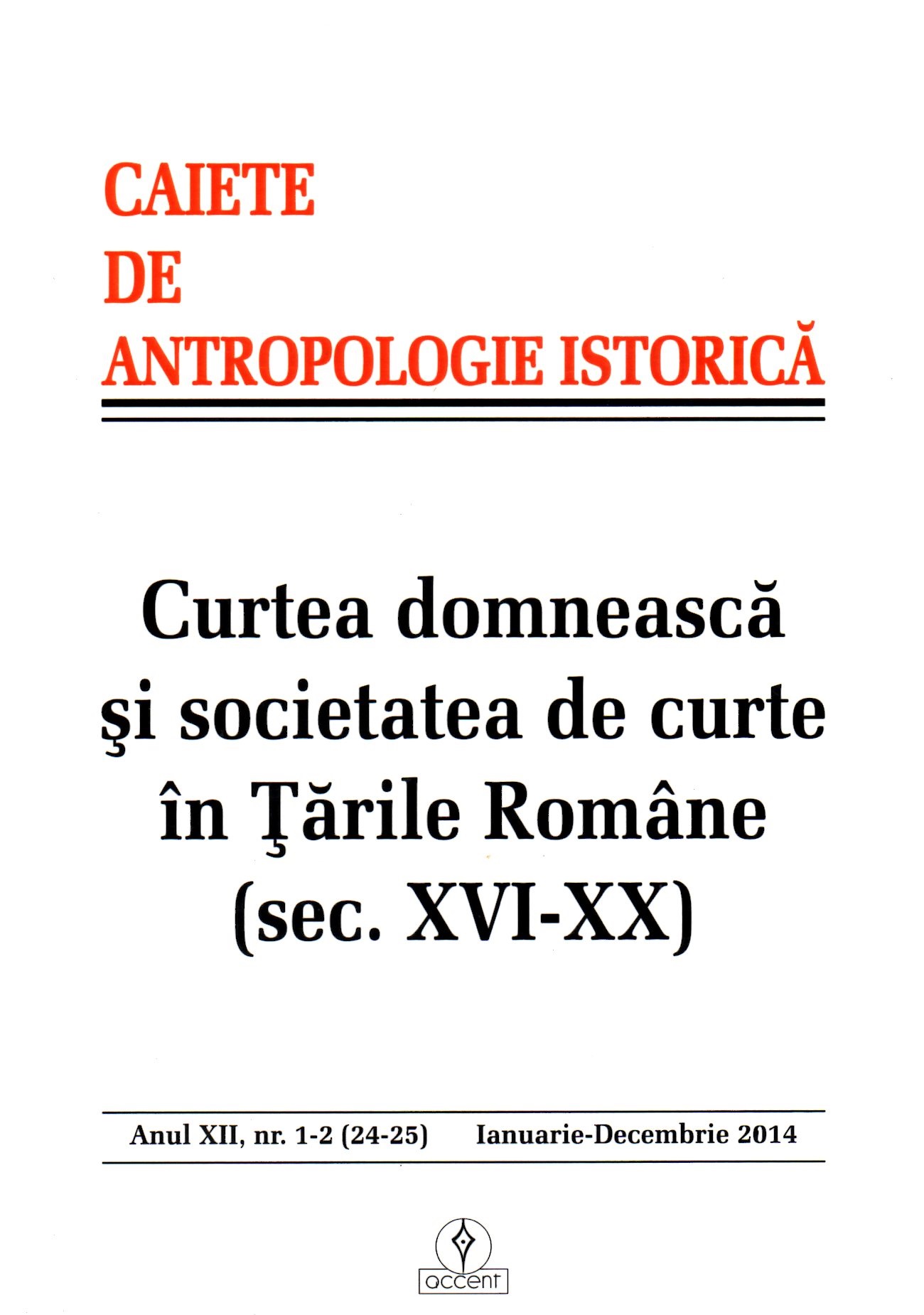Curtea domnească – un model de imitat? Note de istorie socială românească la început de epocă modernă
The Court of the Ruler - a Model to Emulate? Notes on Romanian Social History at the Beginning of the Modern Period
Author(s): Constanța Vintilă-GhițulescuSubject(s): Cultural history, Social history, Modern Age
Published by: Accent Publisher
Keywords: princely court; civility; ipolopsis; mores; Phanariot regime;
Summary/Abstract: The princely court has always been an object of interest, but does it become a model to emulate as well, as Norbert Elias suggests in his well-known book The Court Society? This is the main question that drives our examination. The Phanariot century, with its well-known instability, did not give enough breathing space to the establishment of a court society to envy, or particularly to emulate. The high officials in the prince’s council were frequently richer and more powerful than the ruler and his Constantinopolitan clique. The great noble and dignitary Ienăchiţă Văcărescu fully proves this hypothesis. Through his actions and gestures, his economic and symbolic investments, the great noble becomes a model for the other nobles. But one cannot say the same for the provincial nobility, who enviously looks at the princely court, desires to be around the ruler, but without having the necessary economic and political power. We tried, by detailing some rituals concerning the service of food, to offer some working hypotheses. The semantic analysis of the terms ipolipsis, politie, civility also helped in the elaboration of these pages.
Journal: Caiete de Antropologie Istorică
- Issue Year: 2014
- Issue No: 24-25
- Page Range: 202-225
- Page Count: 23
- Language: Romanian

